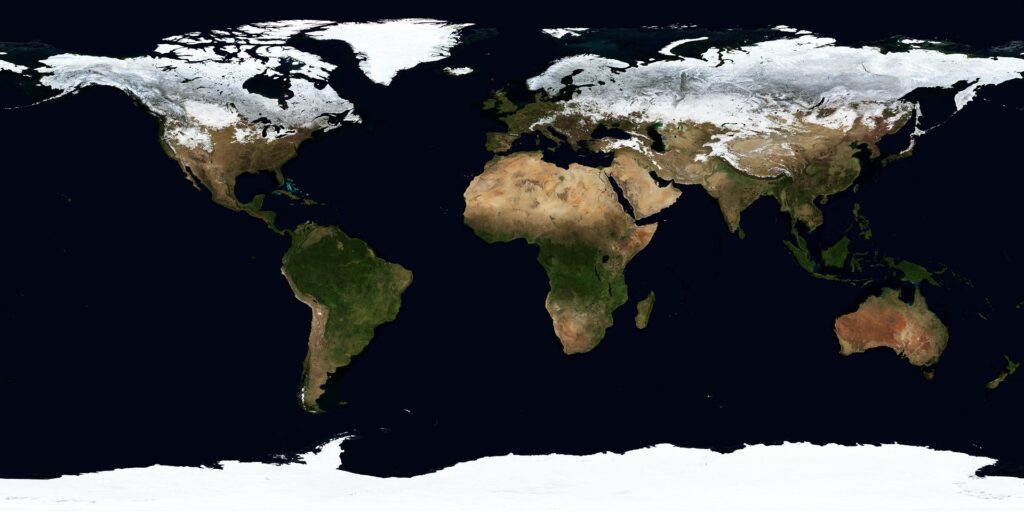
 By Dr Prem N. Sharma*
By Dr Prem N. Sharma*
Why is climate changing?
The figure below depicts the balance of Green House Gases (GHG) emissions and absorption as sources and sinks from and into the earth. It was balanced in pre-industrial (before the year 1800) times among Soil Organic Matter (SOM) oxidation/erosion and respiration by all living organisms as sources of GHG emissions into the atmosphere, and by photosynthesis and its diffusion into oceans, acting as sinks. Thus helping the earth absorb them back.

However, since then increased fossil fuel use and deforestation have created an imbalance of about one Giga (G or billion) tons (t) Carbon equivalent (Ceq) annually, GtCeq/year (=3.67 in GtCO2eq/year) today. This is so despite accelerated carbon sequestration policies to reduce global warming. The atmosphere is holding an accumulated 625 GtCeq of GHG over and above its natural capacity of about 1,250 GtCeq GHG. This extra accumulated CO2eq (Carbon di Oxide+Methane+Nitrous Oxide+ Florenated gases, equalized as CO2), has already increased the average global temperature by 1.1oC.
In the year 1800, the global average temperature was 14-15 oC. It is now 15.1oC to 16.1oC. This rise in the earth’s temperature is warming the planet, resulting in changes in its climate. In spite of all the commitments made by governments and implemented to stop global warming (The United Nations Framework Convention on Climate Change – UNFCCC, 2022), the temperatures will still rise to 2.2-2.7oC by the turn of the century.
What is the impact of climate change?
While it has not been possible to segregate the effects of various factors in addition to climate change, the above global warming scenario will be disastrous for the earth. For example; peak summer temperatures in over two-thirds of India’s districts rose by 0.9oC between 1990 and 2019. This got exacerbated due to climate change in addition to other possible factors like El Nino and La Nina, land degradation, 11.5-year solar cycle, etc. This could have resulted in moderate to very high vulnerability to drought and floods in 93% and 41% of the populations of almost 87% and 30% of its districts, respectively.
Mountain glaciers (excluding the Greenland and Antarctic ice sheets), are a critical water resource for nearly two billion people and are threatened by global warming. Even if temperatures rise by only 1.5oC since pre-industrial times, glaciers are projected to lose over a quarter of their mass by the year 2100 relative to 2015. This corresponds to a 90 (± 26) mm rise in sea level and will cause 49% (± 9) of glaciers (total no. 215,000) to disappear especially smaller ones among them. The best possible scenario for arresting global warming (2.7 oC increase), would lead to a sea level rise of 115 (± 40) mm and cause widespread glacier melting in most mid-latitude regions of the world by 2100. It can drown almost all of the 36 small island nations; low lands of many countries such as Bangladesh, Fiji, Holland, Indonesia and Malaysia; cities like Mumbai, Chennai, New York, Gold Coast, and most other coastal cities. Thus large parts of the earth will no more be liveable in addition to serious loss of productivity in many other nations. Hence, there is an urgent need to mitigate and adapt to global warming.
How to reverse global warming?
The good news is that the annual rate of global warming has reduced from 3% to 0.5% by society’s recent accelerated efforts by fossil fuel efficiency gains and reforestation (mainly by China and India), over the past 30 years. More accelerated such gains especially as pledged zero net emissions by 2050, renewed efforts at carbon sequestration in the agriculture sector and sustainable lifestyles have the potential to start reverting the alarming situation by 2030 and completely revert it by 2050. With sustainable land and water management practices in forestry, pastoral, croplands and animal husbandry achieved through appropriate policy measures, technical practices and operational procedures, the GHG emissions can be reduced by 1-3 tons Ceq/ha/year. This itself can help curtail global emissions by almost up to 30%.
Also read:
- State of global Green House Gases emissions – 1
- State of global Green House Gases emissions – 2
- State of global Green House Gases emissions – 3
*Retired International Senior Natural Resources/Watershed Management and Operations Officer of the FAO-UN on global postings across continents.





